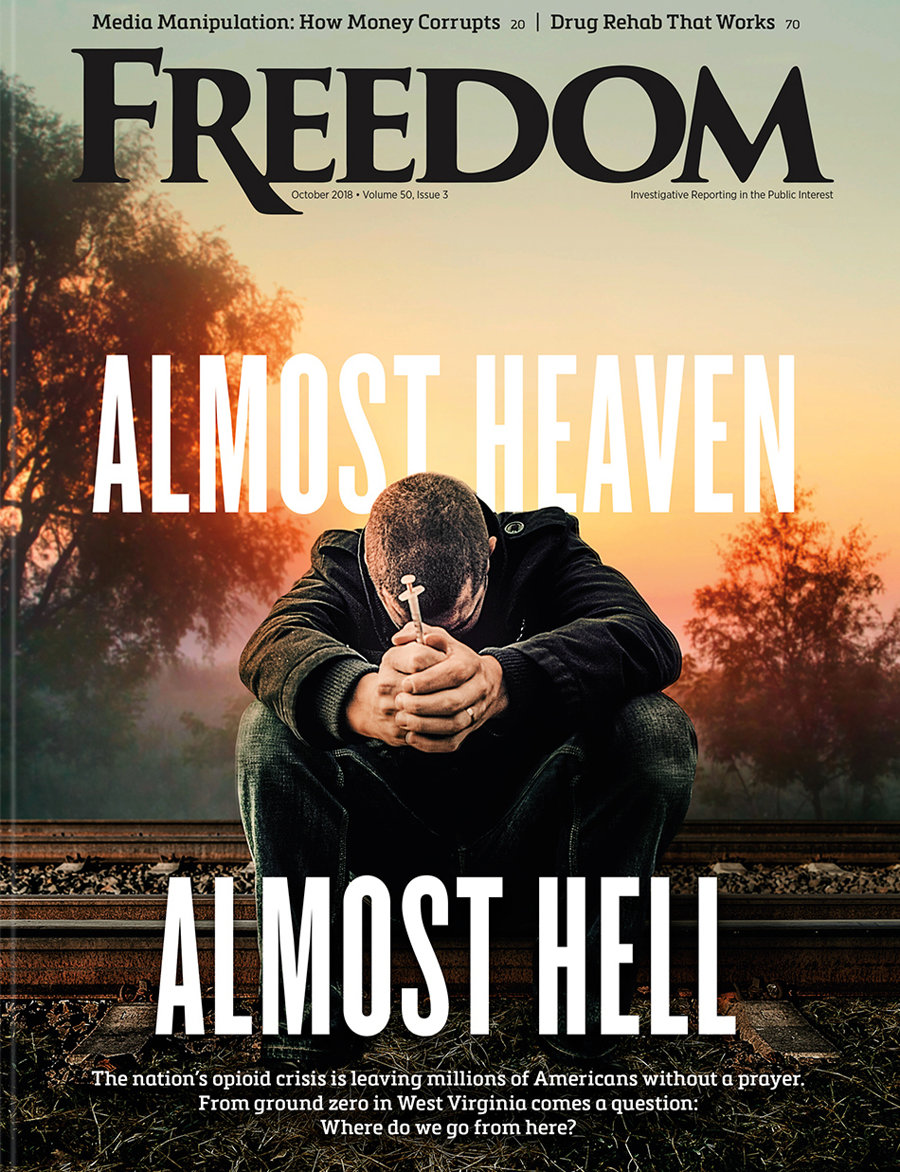The move would come to define their brand of charity: deception for cash, dressed up as compassion.
Over two decades, the couple have styled themselves as crusading altruists, pitching “public-spirited projects” while—according to filings and their own admissions—using them as revenue engines. Their record runs from theft and court sanctions to a money-making “charity” and, ultimately, Aftermath, Leah Remini’s anti-Scientology hate group—now fronted by Claire to serve her own ends.
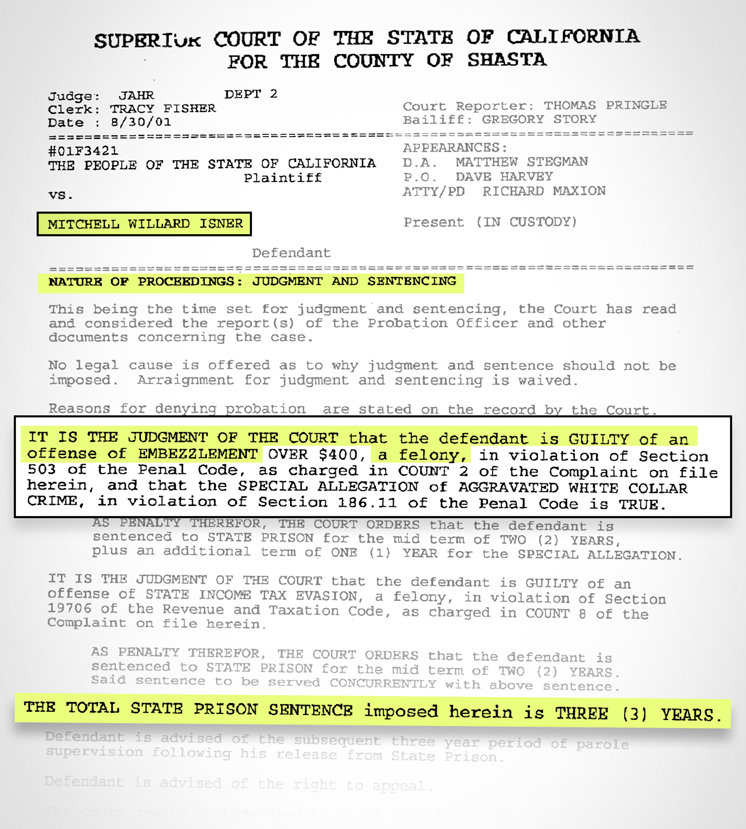
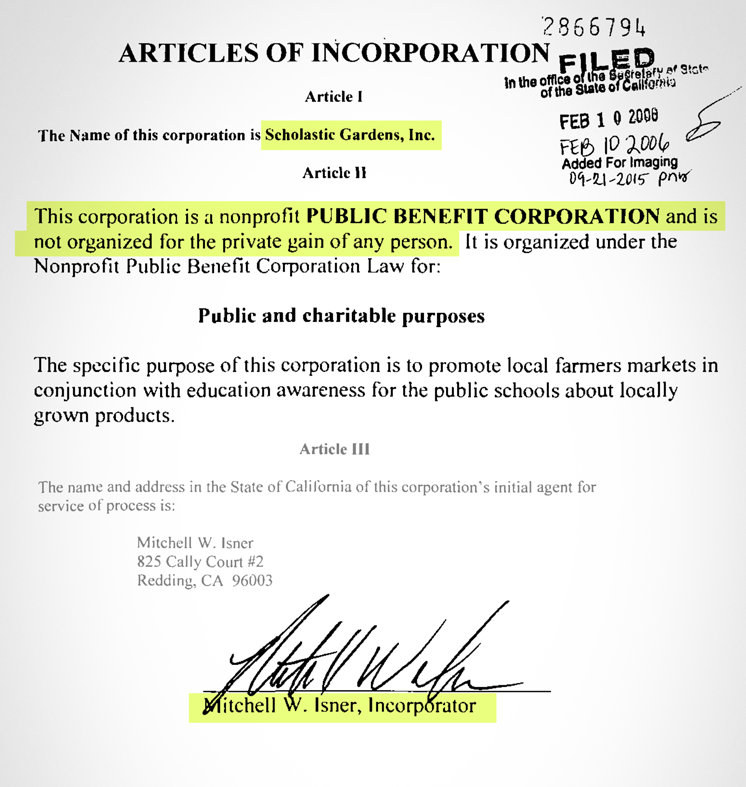
Isner, the former controller of Mt. Shasta Spring Water, had pleaded guilty in 2001 to embezzling nearly $430,000 through doctored checks and falsified deposits, and had already been sentenced to three years in state prison before the Headleys handpicked him for their own shady enterprise.
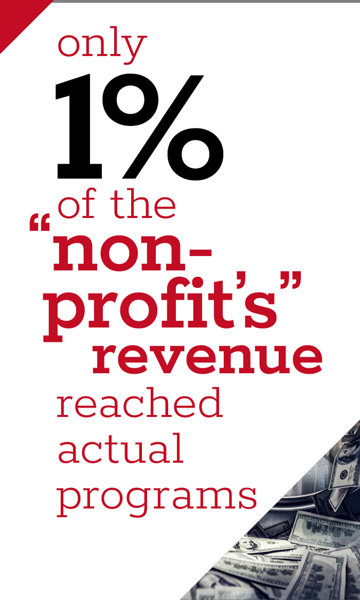
What exactly were the Headleys hiring a convicted embezzler to manage—or to mask?
Case in point: Corporate filings reveal that, in 2006, the Headleys launched “Scholastic Gardens, Inc.,” a “nonprofit” pitched as a school garden and nutrition initiative. City paperwork placed the entity as a platform for fresh produce vendors—wholesome optics that helped legitimize their scheme.
“Our goal is to provide communities with traditional farmers markets, offering California-grown produce and healthy foods so you and your family can eat well and live long!” its website read. “We support efforts by schools and youth groups to educate children in the importance of healthy nutrition. Through our farmers markets, we are able to donate funds to such programs and help improve the health and longevity of our future generation.”
“PROCEEDS GO TOWARD NUTRITION AND ENVIRONMENTAL EDUCATION PROGRAMS IN LOCAL SCHOOLS AND YOUTH GROUPS,” read a form the organization provided to the City of Monterey Park.
But behind closed doors, Marc called the operation what it really was: “a full-time cash machine!”
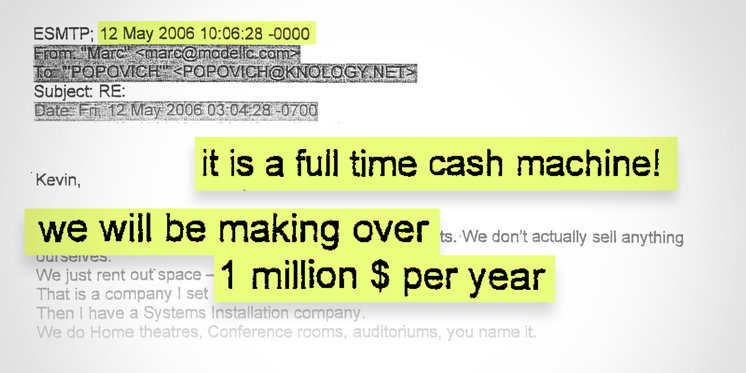
Documents reveal that the organization reported nearly $148,000 in collections in three years—yet only $1,700 reached any actual program services. The other 99 percent vanished into overhead and consulting fees, leaving behind what looked less like a charity and more like a shell.
“By the end of the year, if all goes well, we will be making over 1 million $ per year,” Headley boasted in an email to a friend.
Even prior to their “nonprofit” schemes, the Headleys were testing the limits of self-enrichment.
These records, never before reported, prove the Headleys’ earliest foray into the “nonprofit” world was less about cultivating gardens and more about cultivating cash.
Given that, donors and regulators of any Headley venture have no choice but to ask: Where does the money actually go?
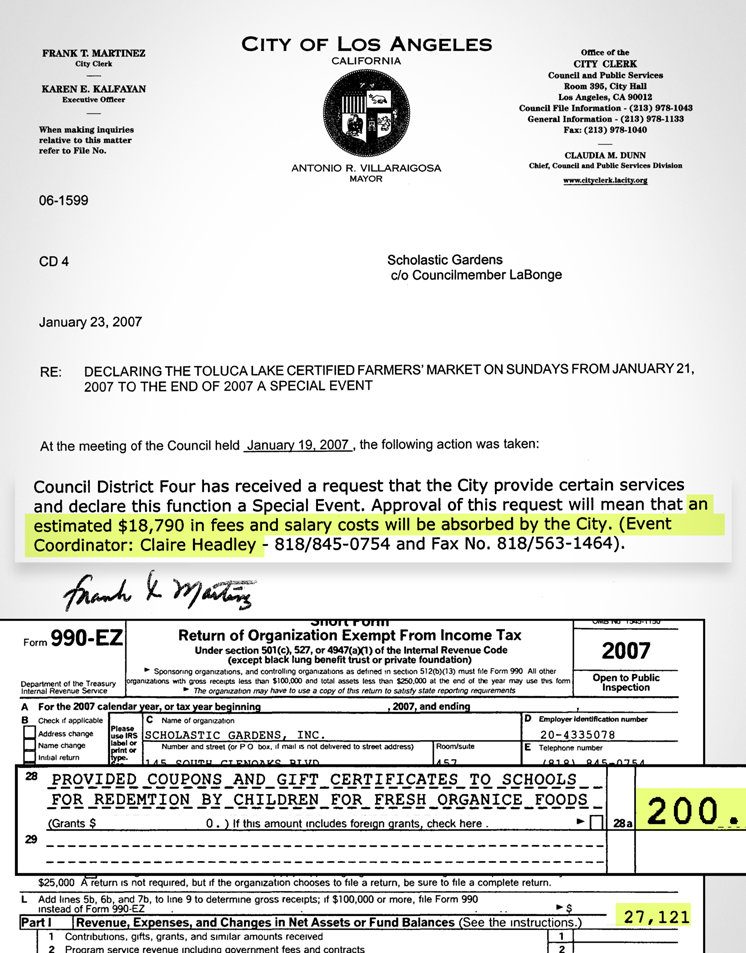
Even prior to their “nonprofit” schemes, the Headleys were testing the limits of self-enrichment. Marc left his church after stealing over $15,000, then tried to cash in once more with a pair of frivolous anti-Scientology lawsuits that were tossed out on summary judgment—a ruling unanimously upheld on appeal. The court ordered the Headleys to pay $42,000 to the Church, refusing to be co-opted as yet another moneymaking vehicle for the predatory pair.
The Headleys’ record on commerce was no less exploitative. The pair were quick to leverage fake Amazon reviews, selling “100% satisfaction guaranteed” endorsements to juice product rankings. When the scheme was exposed, Claire admitted that she and her husband corralled reviewers to drive sales—offering paid-for praise to rocket junk to the top of search results. Regulators and platforms have cracked down on such scams, but the Headleys were proud, early adopters of the dirty trick.
From scam suits to scam charities to scam commerce, every venture has followed the same logic: Suit up avarice in the costume of conscience—converting a “cause” into a business model.
Whether it’s a “lawsuit,” a “nonprofit,” or a product pitch, the Headley model remains the same: deception on demand.
And as long as it pays, the Headleys are all in.






